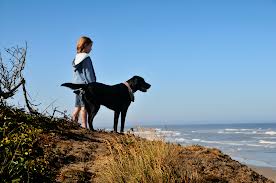 Animals and humans always had a special relationship ever since these pets were domesticated. Pets have always been an important part of any family. Just like what parents do when their babies are growing up, family members also document the growth of their pets, from being a puppy or a kitten to becoming a full-grown dog or cat. Each day just seems to be worth remembering.
Animals and humans always had a special relationship ever since these pets were domesticated. Pets have always been an important part of any family. Just like what parents do when their babies are growing up, family members also document the growth of their pets, from being a puppy or a kitten to becoming a full-grown dog or cat. Each day just seems to be worth remembering.
With humans’ great love for their pets, it has become very common for people to have certain artworks done for their beloved animals. And as the technology advances, so are the ways to create the best artwork possible for these pets. There are a number of styles that are being used and introduced to the public nowadays. Sketches were once the most famous type of artwork or portrait, but people have now found other ways to be creative.
Some families post the portraits of their pets on their fridge while others hang them in their hall or living room. Unfortunately, capturing the pets in their perfect pose is a lot more difficult. Human subjects are basically easier to deal with when it comes to capturing a good pose. These animals do not understand that artists are trying to get them to pose. But what’s good about having pets as the subject of an artwork is that all of their pictures are natural poses. This is because of the fact that a dog or cat will not feel shy or embarrassed to put silly faces or poses when confronted with a camera. Thus, photographers get a much better picture.
There are quite a few points that one needs to consider when taking pictures of one’s pets. Experienced photographers have the ability to create the perfect scenario to capture the best possible shot. But most pet owners are not as experienced as the professionals. Although this seems to be a disadvantage, one thing that could be of benefit is the fact that no one knows one’s pet much better than their owners. Owners know what their pets want, what they like to do, what makes him comfortable and what behavior makes their pets playful. So here are some ideas to help you get the best pet portrait.
Pet Portrait Ideas
Surroundings. Checking the surroundings that would best fit the portrait is very important. Whether it’s inside the house or outside in the garden, the scenery should be considered. If you want to have the picture taken outside in the backyard where the dog is obviously going to enjoy the freedom of running and playing around, it is most likely that you’ll be getting action shots. The catch is, you should be prepared to take a lot of photos, about a hundred of them, in order to get just one perfect shot for the portrait. If one is to take pictures inside the house, then it is more likely that you’ll capture a relaxed and comfortable pose from your pets. You can get the cutest photo when the animals are asleep.
Light. Every photo needs a good lighting. And one advantage of taking the pet’s picture outside is the natural light since it eliminates the red eye.
Pet Portrait Collages
Owners would also like to have the most unique pieces of arts when it comes to their pets. That is why many owners would want to take their pet’s photos to the next level. And you can do so through the use of a collage. This is a technique where papers are cut into small pieces and are used to make a new image. You do not have to be a great artist to do this; creativity is the secret to get hold of a wonderful result.
One of the beautiful aspects about having a collage is the way the papers overlap as they create textures. Any type of paper can be used, whether it is glossy, high quality and the likes. Adding accessories like beads, feathers and yarns would create a more lively image. But if one wants to go wild, a technique called cubomania would be appropriate. This involves the process of cutting small squares and gluing the pieces randomly together. This may not give an actual picture of the pet but the result could be a cool piece of art.
After finishing the art, sealing the surface and letting it dry before framing is a necessary step. One can add varnish in many layers. The more layers there are, the more the picture will pop. But if being fancy is not the kind of thing that you like, using glue is suggested. Avoid over brushing in order to evade permanent clouding. Brushing across once will do.
Pet portraits that are made of collage could make a one-of-a-kind gift. This could create a lifetime memory of one’s pet. Although collage can be used in creating any images,sometimes, its just a different feeling when you create it for someone or something you love. After all, your pets are loved, cared for and treated just like one of the family members. Thus, the creation of their pet portraits is one way of showing love and respect for them.
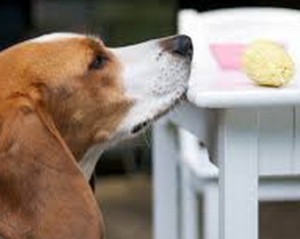 Firstly Bengie is people oriented so if everyone is outside he would just naturally migrate to where everyone is. Secondly he loves food. Nuff said.
Firstly Bengie is people oriented so if everyone is outside he would just naturally migrate to where everyone is. Secondly he loves food. Nuff said.


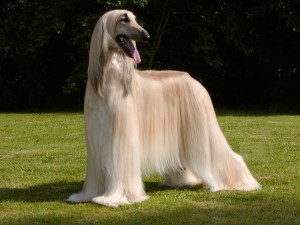
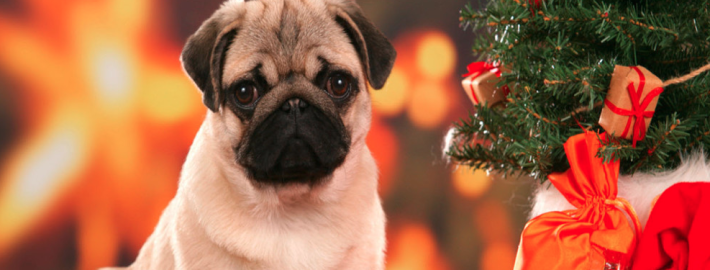
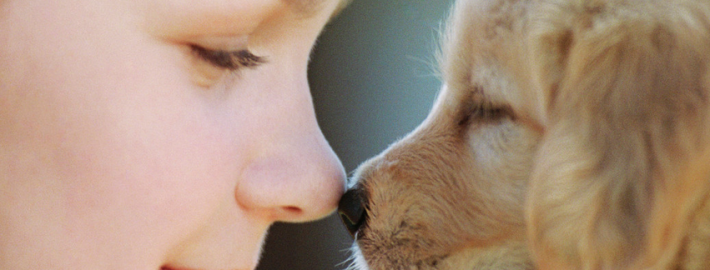
 Animals and humans always had a special relationship ever since these pets were domesticated. Pets have always been an important part of any family. Just like what parents do when their babies are growing up, family members also document the growth of their pets, from being a puppy or a kitten to becoming a full-grown dog or cat. Each day just seems to be worth remembering.
Animals and humans always had a special relationship ever since these pets were domesticated. Pets have always been an important part of any family. Just like what parents do when their babies are growing up, family members also document the growth of their pets, from being a puppy or a kitten to becoming a full-grown dog or cat. Each day just seems to be worth remembering.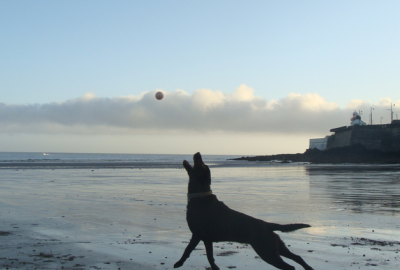
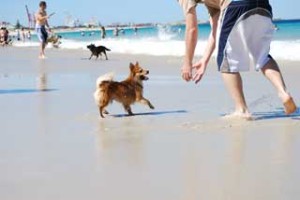
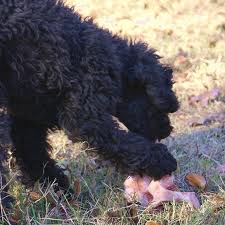
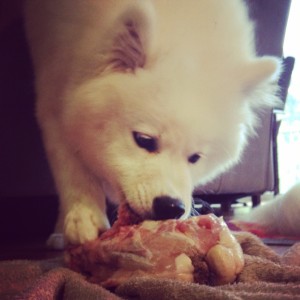 Today many pets suffer from health conditions that were rare or didn’t even exist before kibble became popular. Diseases like cancer, diabetes, food allergies and obesity are some of the most common health issues in dogs fed commercial or human food. Numerous researches have shown a strong connection between the health problems in dogs and the food they eat.
Today many pets suffer from health conditions that were rare or didn’t even exist before kibble became popular. Diseases like cancer, diabetes, food allergies and obesity are some of the most common health issues in dogs fed commercial or human food. Numerous researches have shown a strong connection between the health problems in dogs and the food they eat.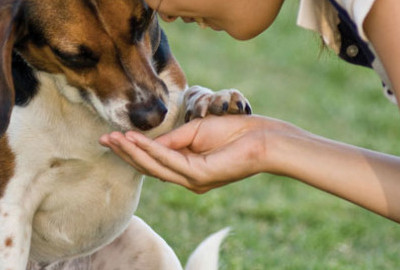
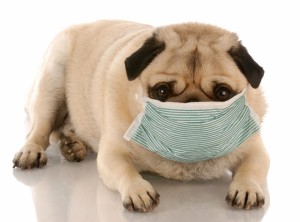
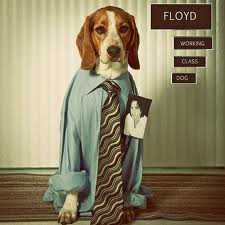
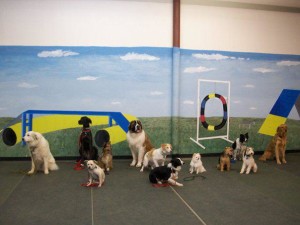
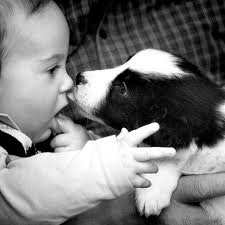
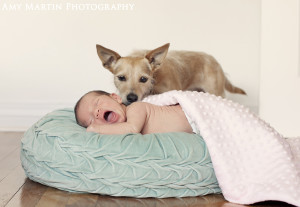
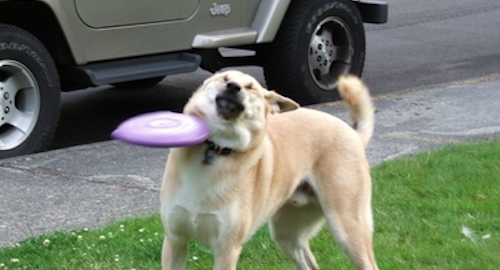
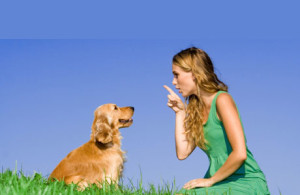 Start small. Just because you see a dog on TV do a trick doesn’t mean you can expect your dog to know it or learn it in a day. Be patient, start with some simple commands and then work toward the more complicated ones. And be realistic of your dog’s abilities.
Start small. Just because you see a dog on TV do a trick doesn’t mean you can expect your dog to know it or learn it in a day. Be patient, start with some simple commands and then work toward the more complicated ones. And be realistic of your dog’s abilities.